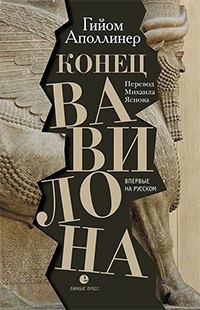Книга Конструктивизм. Конец эпохи - Александр Данилович Надеждин
Читать книгу Конструктивизм. Конец эпохи - Александр Данилович Надеждин полностью.
Шрифт:
-
+
Интервал:
-
+
Закладка:
Сделать
Перейти на страницу:
Перейти на страницу:
Книги схожие с книгой «Конструктивизм. Конец эпохи - Александр Данилович Надеждин» от автора - Александр Данилович Надеждин:
Комментарии и отзывы (0) к книге "Конструктивизм. Конец эпохи - Александр Данилович Надеждин"












